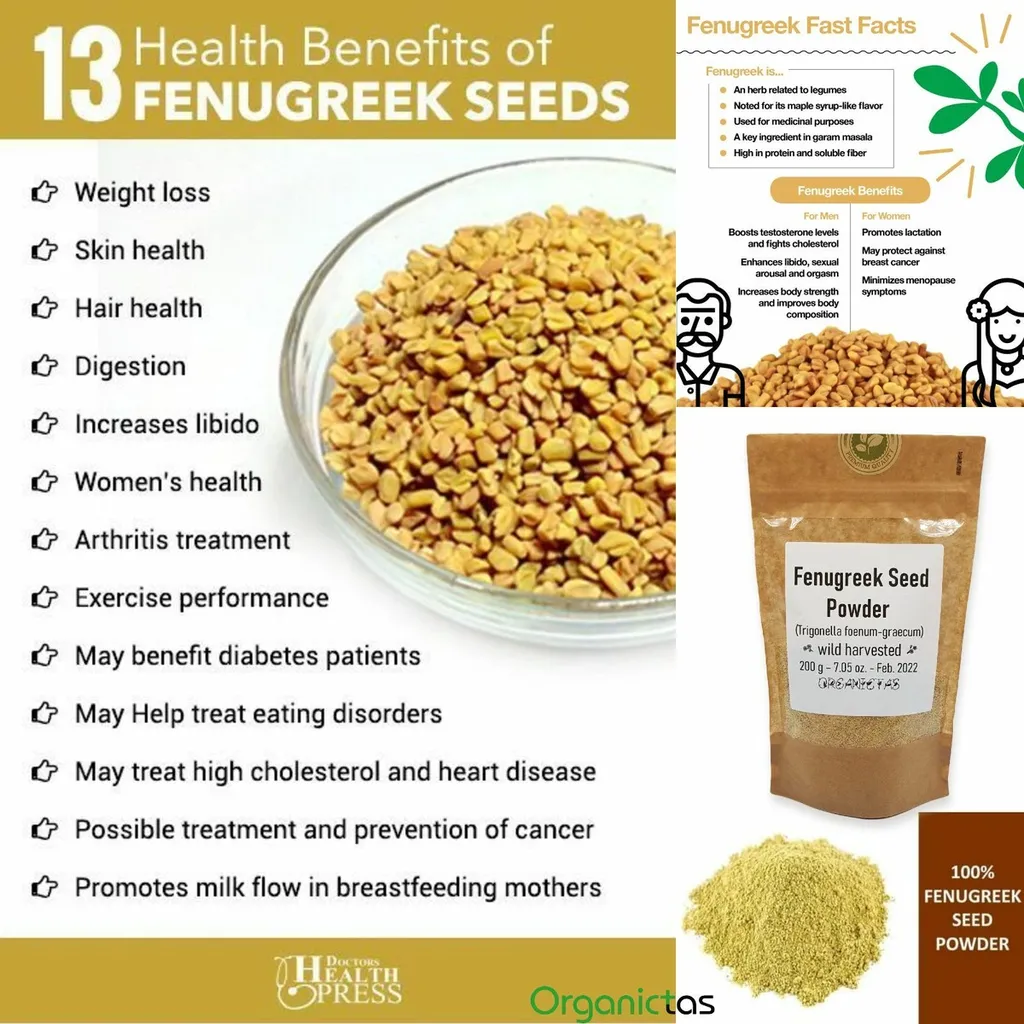In the realm of agritech, a humble yet versatile legume is stepping into the spotlight, thanks to a wave of innovative research. Fenugreek, long cherished for its culinary and medicinal properties, is now capturing the attention of scientists and farmers alike, promising to reshape the agricultural landscape. A recent review published in *Frontiers in Plant Science* sheds light on the latest advancements in fenugreek breeding, offering a glimpse into a future where this underutilized crop could become a cornerstone of sustainable agriculture and health-based industries.
Fenugreek (*Trigonella foenum-graecum* L.) has been a staple in various cultures for centuries, but its potential has remained largely untapped in mainstream breeding programs. However, a team of researchers led by Solanki Bal from the School of Smart Agriculture at Adamas University in Kolkata, India, is changing that narrative. Their comprehensive review highlights the integration of cutting-edge genetic and omic approaches, which are unlocking new possibilities for fenugreek improvement.
One of the key breakthroughs discussed in the review is the use of mutation breeding. By employing physical and chemical mutagens like ethyl methanesulfonate (EMS) and sodium azide, researchers have been able to generate significant phenotypic variability. This has led to improvements in crucial traits such as yield, early maturity, and the concentration of secondary metabolites. “Mutation breeding has been a game-changer,” says Solanki Bal. “It allows us to introduce beneficial traits more efficiently and accelerate the breeding process.”
In addition to mutation breeding, the review underscores the importance of molecular markers. Techniques such as Random Amplified Polymorphic DNA (RAPD), Amplified Fragment Length Polymorphism (AFLP), and Inter-Simple Sequence Repeat (ISSR) have been instrumental in mapping genetic diversity and identifying promising genotypes. These tools are not only enhancing our understanding of fenugreek’s genetic makeup but also paving the way for more targeted and effective breeding strategies.
Biotechnological techniques have also played a pivotal role in fenugreek research. Tissue culture methods, including callus culture, cell suspension, protoplast regeneration, and organogenesis, have facilitated in vitro propagation and enhanced the synthesis of valuable phytochemicals like diosgenin and trigonelline. Genetic transformation via *Agrobacterium rhizogenes* has further enabled the development of hairy root cultures, which serve as efficient systems for bioactive compound production.
The integration of omics technologies—genomics, transcriptomics, proteomics, and metabolomics—has provided unprecedented insights into the molecular basis of trait expression, metabolic pathways, and regulatory networks. Transcriptome studies, for instance, have advanced our understanding of steroidal saponin biosynthesis, while metabolomic and proteomic tools have offered dynamic perspectives on plant physiology and compound accumulation under different conditions.
The commercial implications of these advancements are profound. Fenugreek’s rich profile of bioactive compounds makes it a valuable crop for the pharmaceutical and nutraceutical industries. Enhanced yields and improved traits can lead to higher marketability and profitability for farmers. Moreover, the development of elite cultivars with greater resilience to environmental stresses can contribute to more sustainable and productive agricultural practices.
As the agricultural sector continues to evolve, the integration of these innovative approaches holds the key to unlocking the full potential of fenugreek. “The future of fenugreek lies in interdisciplinary research,” notes Solanki Bal. “By combining genetic, molecular, and omic technologies, we can develop cultivars that are not only high-yielding but also resilient and nutritionally superior.”
In conclusion, the recent advancements in fenugreek breeding are poised to revolutionize the agricultural landscape. From enhancing yield and nutritional value to improving resilience and marketability, these innovations offer a multifaceted approach to crop improvement. As researchers continue to push the boundaries of genetic and omic technologies, fenugreek is set to emerge as a vital player in the future of sustainable agriculture and health-based industries.

